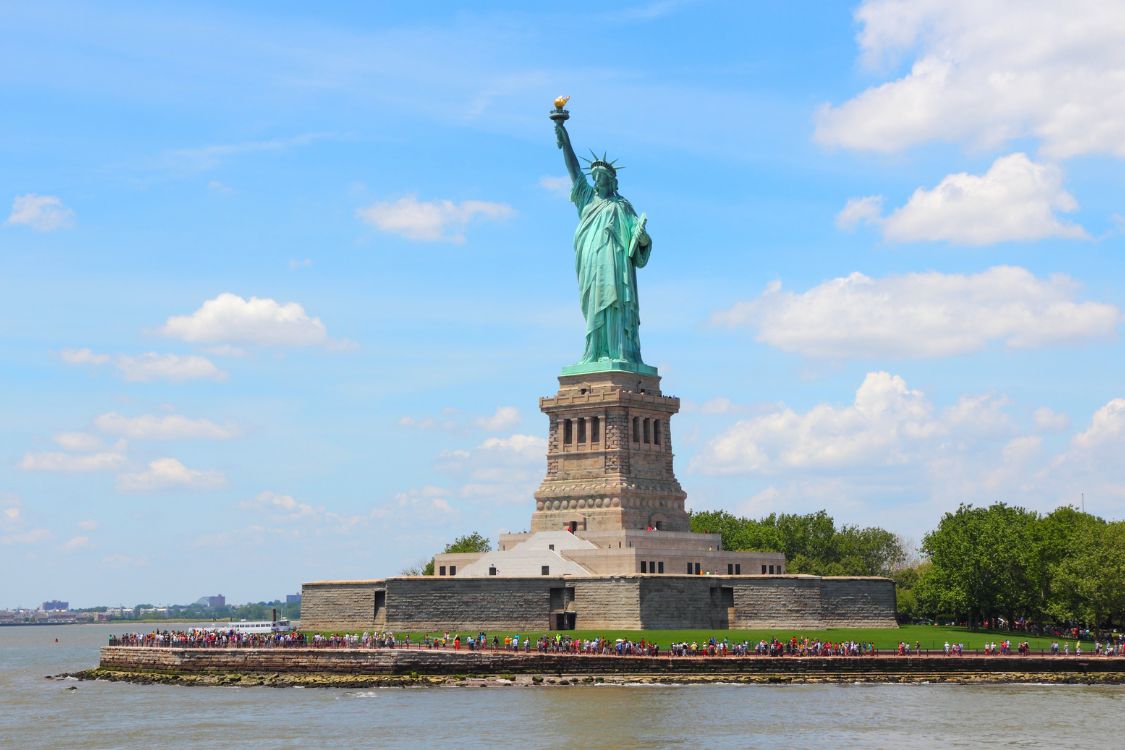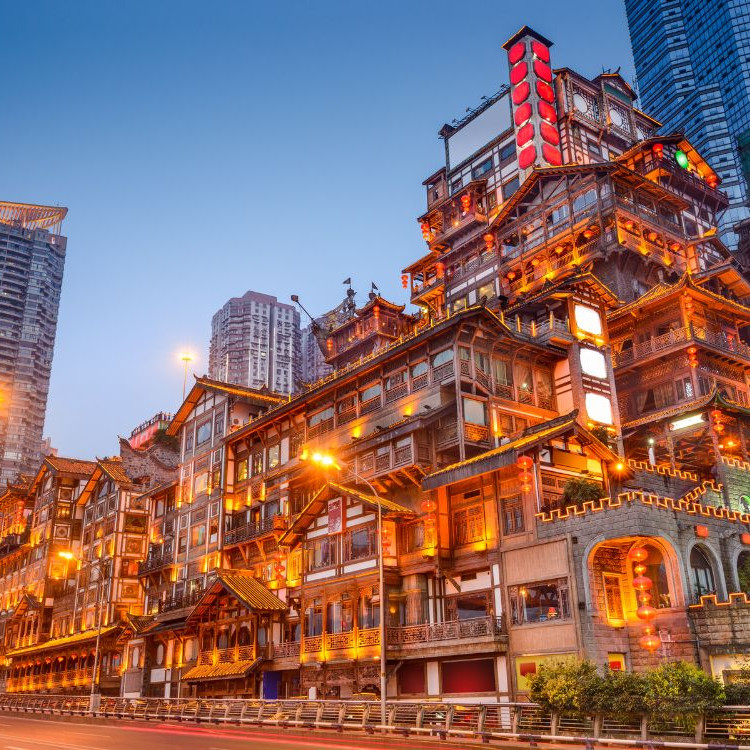When is the best time to visit the United States? This question sparks lively discussion among travelers eager to explore its vast and varied landscapes. The answer isn’t one-size-fits-all, as the U.S. boasts diverse climates and distinct travel seasons across its expansive territories. From the vibrant blossoms of spring to the serene snows of winter, understanding the best travel time is crucial for optimizing your experience. This guide delves into seasonal nuances and regional climates, helping you choose the perfect time to embark on your American adventure.
Table of Contents
ToggleUnderstanding the Best Time to Travel to the United States

The United States showcases an impressive diversity of climates owing to its vast geographical expanse. This diversity ensures that every season presents unique travel opportunities depending on the region. Spring and autumn are typically favored for their mild weather and reduced crowd sizes, making them the optimal periods for a visit. However, the best time to travel hinges greatly on the specific area of the USA you aim to explore, as each region responds differently to seasonal changes.
- Spring (March-May) for blooming flowers in cities like Washington DC
- Summer (June-August) for coastal vacations and festivals
- Autumn (September-November) for foliage in New England
- Winter (December-February) for skiing in Colorado and Utah
- Off-peak travel for budget-friendly options
Choosing the ideal travel time requires aligning your interests with what each region offers during different seasons. For instance, those interested in picturesque floral displays should consider spring visits to urban locales such as Washington DC, famous for its cherry blossoms. Beachgoers and festival enthusiasts might prefer summer months when coastal areas are vibrant with activities. Autumn is perfect for witnessing the stunning foliage in New England, while winter sports aficionados can find excellent skiing conditions in the Rocky Mountains. Budget-conscious travelers often opt for off-peak times to benefit from lower costs and diminished crowds. Tailoring your travel plans based on these considerations can significantly enhance your experience in the United States.
Seasonal Guide to Traveling in the United States
Spring: March to May
Spring emerges as an inviting time for travel in the United States, characterized by blooming flowers and pleasant weather. Cities such as Washington DC become vibrant with cherry blossoms, creating picturesque landscapes ideal for leisurely exploration. This season’s mild temperatures make it conducive for outdoor activities like hiking and sightseeing without the discomfort of extreme heat or cold. With fewer tourists than in the summer months, travel during spring provides a balance of comfortable weather and manageable crowd levels.
Summer: June to August
Summer marks the peak travel season in the USA, bringing with it increased crowds and elevated costs. Popular destinations, including New York City, Los Angeles, and coastal regions, experience a surge in visitors, leading to longer wait times and higher prices for accommodations and attractions. Despite the bustling atmosphere, summer offers numerous events and festivals, making it a prime time for cultural experiences. Travelers should prepare for hot weather, particularly in the southern states, and anticipate paying premium rates for travel and lodging.
Autumn: September to November
Autumn captivates with its stunning foliage, particularly in regions like New England, attracting nature enthusiasts from around the world. The fall season is not only about visual splendor but also about savoring the flavors of food festivals that abound during these months. Cooler temperatures make it ideal for walking tours and outdoor adventures, while the diminishing crowds compared to summer allow for a more relaxed travel experience. Autumn offers a rich tapestry of activities that appeal to both adventurers and those seeking leisurely explorations.
Winter: December to February
Winter in the United States presents a diverse array of travel experiences, from the snow-covered slopes of Colorado and Utah to the mild, sunny beaches of Florida and California. For those inclined towards winter sports, the Rockies provide excellent skiing conditions with well-groomed runs and reliable snowfall. Alternatively, travelers looking to escape the cold can head to warmer destinations like the Florida Keys. Lower travel costs in some areas during this season make it a favorable time for budget-conscious visitors.
For travelers looking to optimize their travel plans across the seasons, consulting a service like Xpat Journeys can be invaluable. Their expertise helps in navigating the complexities of seasonal travel, ensuring a well-tailored experience that aligns with individual preferences and interests.
Regional Climate Considerations for US Travel

Understanding the regional climates within the United States is essential for planning an optimal travel experience. The vast expanse of the country encompasses a myriad of climate zones, each offering distinct weather conditions and travel opportunities. Travelers must consider these environmental factors to align their activities with the most favorable weather. Such considerations ensure that the chosen destination provides the best possible experience, whether it be enjoying outdoor adventures, sightseeing, or cultural events.
Certain regions in the United States have specific seasons that are optimal for travel. The Rockies, with their majestic mountain landscapes, are most welcoming from June to September, offering warm weather and clear skies ideal for hiking and other outdoor activities. In contrast, the southwest states, including Arizona and New Mexico, are best visited in spring when temperatures are moderate, avoiding the intense heat of summer. For those venturing to Alaska, the period between May and September presents the most pleasant conditions, with longer daylight hours and milder temperatures. Meanwhile, the northeast, home to cities like New York and Boston, is particularly comfortable during September and October, providing an autumnal charm with its vibrant foliage.
For travelers looking to make informed decisions about their journey, consulting a travel service like Xpat Journeys can be highly beneficial. With their expertise in regional climates and travel logistics, they offer personalized advice tailored to individual preferences and interests. This guidance ensures a seamless and enriched travel experience, maximizing the enjoyment of each destination.
| Region | Best Travel Time | Climate Highlights |
|---|---|---|
| The Rockies | June to September | Warm weather and clear skies for outdoor activities |
| Southwest | Spring | Moderate temperatures, avoiding summer’s intense heat |
| Alaska | May to September | Extended daylight and mild temperatures |
Popular Events and Festivals Across the USA
The United States bursts into vibrant celebrations during spring, with the renowned Cherry Blossom Festival in Washington DC being a standout event. This festival marks the arrival of spring with stunning floral displays and cultural performances. Travelers visiting during this season can enjoy the picturesque scenery and partake in various cultural activities that highlight the beauty of this annual bloom.
Summer is synonymous with a plethora of music festivals and patriotic celebrations. Independence Day on July 4th is celebrated nationwide with fireworks, parades, and community gatherings. It is a time when cities and towns across the country come alive with festivities that embody the patriotic spirit, offering travelers a chance to immerse themselves in local culture and traditions.
Fall introduces a mix of harvest festivals and Halloween events, each bringing its own distinct flavor. Oktoberfest celebrations, inspired by the famous German festival, are popular in many cities, featuring traditional music, food, and beer. Halloween, with its costume parties and spooky attractions, captivates both children and adults, making it a season of excitement and entertainment.
Winter in the USA is characterized by enchanting Christmas markets and lively New Year celebrations. These markets, inspired by European traditions, offer handmade crafts, festive foods, and seasonal delights. As the year concludes, New Year’s Eve parties and fireworks light up the sky, providing travelers a festive atmosphere to ring in the new year.
- Cherry Blossom Festival in Washington DC (Spring)
- Independence Day celebrations (Summer)
- Oktoberfest and Halloween events (Fall)
- Christmas markets and New Year’s parties (Winter)
Budget and Travel Tips for Visiting the USA
Budget-conscious travelers often find that visiting the United States between November and March is an excellent strategy for reducing travel costs. During these months, hotel prices tend to be lower, and popular attractions experience fewer crowds. What is the best way to secure the best travel deals in the USA? Planning ahead is crucial. By booking flights and accommodations well in advance, travelers can take advantage of early-bird deals and promotional offers. Off-peak seasons not only provide financial savings but also allow for a more relaxed travel experience, as there are typically shorter wait times at major attractions.
Additionally, exploring the diversity of the United States during less busy times can often lead to unexpected discoveries and a more personalized travel experience.
- Travel during off-peak seasons for lower costs
- Book flights and accommodations in advance
- Utilize discount travel sites and apps
- Consider package deals for transportation and lodging
- Explore free or low-cost attractions
How can Xpat Journeys assist in planning cost-effective trips to the USA? Their services focus on crafting travel packages and itineraries tailored to individual preferences, ensuring travelers make the most of their budget. Xpat Journeys’ expertise in the American travel market allows them to identify the best times for visiting specific regions, taking into account seasonal price fluctuations and local events. By leveraging their extensive network and knowledge, travelers can enjoy significant savings and a seamless travel experience across the diverse landscape of the United States.

Final Words
Traveling to the United States involves navigating diverse climates and regions, making it crucial to choose the best time to travel. Understanding seasonal variations enhances the experience, whether you’re seeking vibrant flowers in spring, coastal retreats in summer, autumn foliage, or winter sports.
Strategically planning around regional climates—from the Rockies to the southeast—is essential for optimal enjoyment and budget management. Engaging with local festivals enriches the journey, while off-peak travel offers financial savings.
Take advantage of resources like Xpat Journeys to tailor and maximize your travel plans for the best time to travel to the United States.
FAQ
Q: What is the best time to travel from California to the United States?
A: Spring (March-May) and autumn (September-November) are the best times to travel from California to the U.S., offering mild weather and fewer tourists, especially in regions with diverse climates.
Q: When is the cheapest time to travel to the USA?
A: The cheapest time to visit the USA is typically between November and March. This off-peak season offers reduced hotel rates and fewer crowds, making it budget-friendly.
Q: What’s the best time to visit the USA West Coast?
A: The best time to visit the USA West Coast is during spring (March-May) and autumn (September-November) when the weather is pleasant and the landscapes are vibrant.
Q: When is the best time to travel internationally to the USA?
A: International travelers should consider visiting the USA in spring or autumn. These seasons offer moderate weather and fewer crowds across most regions.
Q: What’s the best time to visit New York?
A: The best time to visit New York is in spring (April-June) and autumn (September-November), when the weather is mild, and the city hosts many events.
Q: What are the worst times to visit the USA?
A: The worst time to visit the USA is during peak summer (June-August) due to higher temperatures, large crowds, and increased travel costs.
Q: When is the best time to visit the USA East Coast?
A: The best time to visit the USA East Coast is in autumn (September-November) for enjoyable weather and stunning fall foliage.
Q: When is the best time to visit the USA for shopping?
A: For shopping enthusiasts, visiting the USA during winter holidays, like November for Black Friday and December, offers significant sales and discounts.
Q: What is the best time of year to drive across the United States?
A: Spring and autumn are ideal for driving across the United States, offering milder weather, beautiful scenery, and lower traffic congestion.
Q: What are the best seasons to visit the USA?
A: The best seasons to visit the USA are spring (March-May) and autumn (September-November), providing delightful weather, fewer crowds, and vibrant landscapes.
Q: What is the cheapest time to visit the USA?
A: The cheapest time to visit the USA is typically early winter (November to March), offering lower costs for flights and accommodations.
Q: What is the best month to travel to the USA?
A: The best month to travel to the USA varies by interest, but May and September generally offer excellent weather and fewer tourists across multiple regions.
Hazel Wall is a passionate traveler, writer, and explorer dedicated to sharing her experiences and insights with fellow adventurers. With a background in journalism and a deep love for discovering new cultures, Hazel has journeyed across continents, immersing herself in diverse landscapes and traditions.





